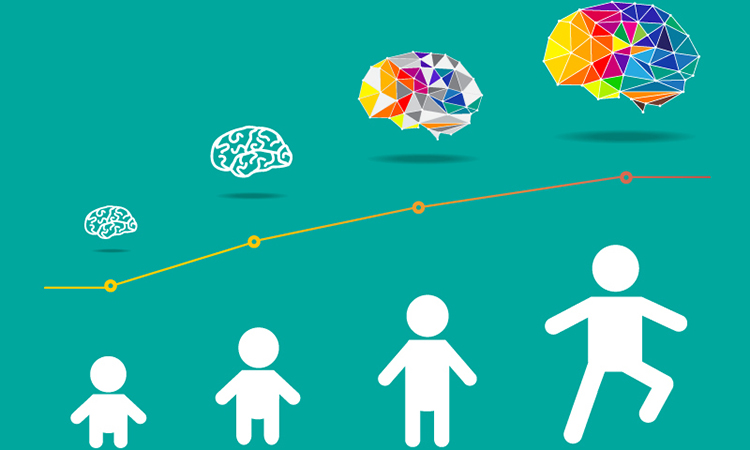Study reveals new insights on brain development through adolescence
Posted: 13 April 2023 | Izzy Wood (Drug Target Review) | No comments yet
According to US researchers, brain maturation follows a sequence that renders youth sensitive to environmental impacts through adolescence.


Brain development does not occur uniformly across the brain, but follows a newly identified developmental sequence, according to a new University of Pennsylvania School of Medicine study, US.
Brain regions that support cognitive, social, and emotional functions appear to remain malleable—or capable of changing, adapting, and remodelling- longer than other brain regions can. The findings were published recently in Nature Neuroscience.
Researchers charted how developmental processes unfold across the human brain from the ages of 8 to 23 years old through magnetic resonance imaging (MRI). Their results indicated a new approach to understanding the order in which individual brain regions show reductions in plasticity during development.
Brain plasticity refers to the capacity for neural circuits to change or reorganise, in response to internal biological signals or the external environment. While it is generally understood that children have higher brain plasticity than adults, this study provides new insights into where and when reductions in plasticity occur in the brain throughout childhood and adolescence.
The findings reveal that reductions in brain plasticity occur earliest in “sensory-motor” regions, such as visual and auditory regions, and occur later in “associative” regions, such as those involved in higher-order thinking. As a result, brain regions that support executive, social, and emotional functions appear to be particularly malleable and responsive to the environment during early adolescence.
“A lot of neuroscientists’ understanding about brain plasticity during development comes from studies conducted with rodents. But rodent brains do not have many of what we refer to as the association regions of the human brain, so we know less about how these important areas develop,” said corresponding author Dr Theodore D Satterthwaite, the McLure Associate Professor of Psychiatry in the Perelman School of Medicine at the University of Pennsylvania.
To address this challenge, the researchers focused on comparing insights from previous rodent studies to youth MRI imaging insights.
Intrinsic activity is the neural activity occurring in a part of the brain when it is at rest. When a brain region is less developed and more plastic, there tends to be more intrinsic activity within the region, and that activity also tends to be more synchronised. This is because more neurons in the region are active, and they tend to be active at the same time. As a result, measurements of brain activity waves show an increase in amplitude (or height).
Analysing MRI scans from more than 1,000 individuals, the authors found that the functional marker of brain plasticity declined in earlier childhood in sensory-motor regions but did not decline until mid-adolescence in associative regions.
“These slow-developing associative regions are also those that are vital for children’s cognitive attainment,” Satterthwaite added. “We are really starting to understand the uniqueness of human’s prolonged developmental programme.”
“This work lays the foundation for understanding how the environment shapes neurodevelopmental trajectories even through the teenage years,” said Dr Bart Larsen, a PennLINC postdoctoral researcher and co-author.
Related topics
Central Nervous System (CNS), Imaging, Magnetic resonance images (MRI), Neurons, Neurosciences
Related organisations
PennLINC, University of Pennsylvania School of Medicine
Related people
Dr Theodore D Satterthwaite, Dr Bart Larsen







